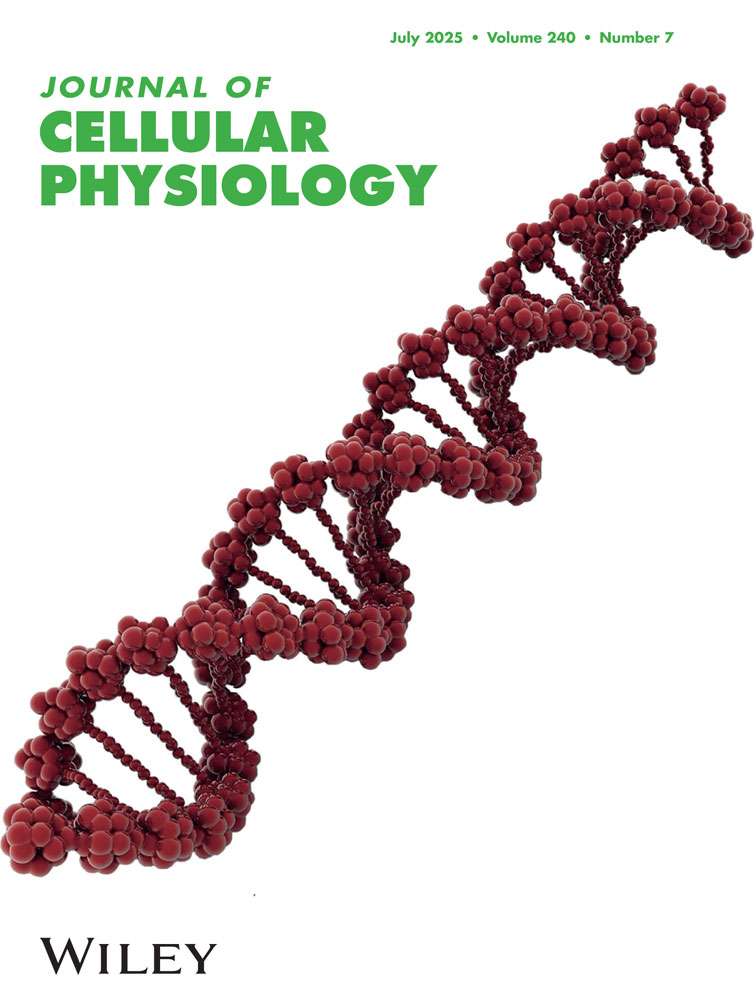Endothelial cell oxidant generation during K+-induced membrane depolarization
Abstract
We tested the hypothesis that membrane depolarization may initiate oxidant generation in the endothelial cell. Depolarization was produced in bovine pulmonary arterial endothelial cells (BPAEC) in monolayer culture with varying external K+, or with glyburide (10 μM), tetraethylammonium (TEA, 10 mM), gramicidin (1 μM), or nigericin (2 μM). Evaluation of bisoxonol fluorescence of BPAEC indicated concentration-dependent depolarization by high K+ (2% change in fluorescence/mV change in membrane potential in the 5.9–48 mM range of K+) and essentially complete depolarization with glyburide. Generation of oxidants was assessed with o-phenylenediamine dihydrochloride (o-PD) oxidation in the presence of horseradish peroxidase (HRP). There was a time-dependent increase in o-PD oxidation with 24 mM K+, nigericin, and gramicidin over 2 hours compared with control. In 1 hour o-PD oxidation increased 2.8-fold for 24 mM and 3.7-fold for 48 mM K+ compared with control. Catalase reduced 24 mM K+-induced o-PD oxidation by 50%, while Cu/Zn-superoxide dismutase (SOD) abolished the increase. Oxidation of o-PD was reduced by 57% in the absence of HRP in the system. With K+ channel blockade, o-PD oxidation increased 3.8-fold with glyburide and 4.6-fold with TEA compared with control. These data indicate formation of H2O2 and possibly other oxidants with depolarization and suggest involvement of K+-channels in this process. © 1996 Wiley-Liss, Inc.




